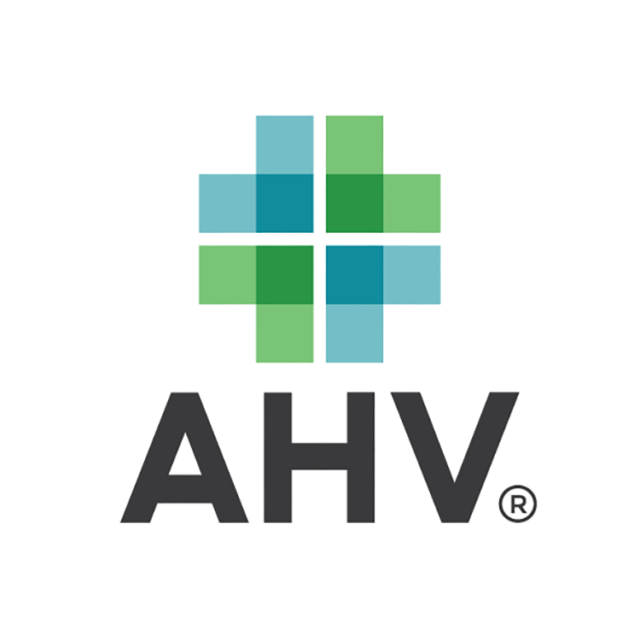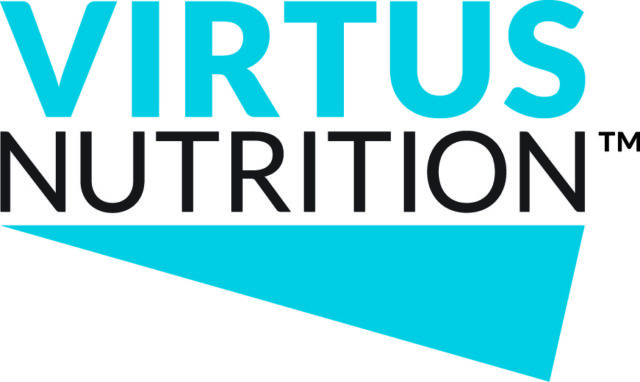Progressive Dairyman invited several prominent companies and organizations to discuss the current state of antimicrobial drug use on dairy farms. Those contacted said most producers do an exceptional job; this roundtable highlights areas to further perfect.
Mark van der List
Boehringer Ingelheim
Professional services veterinarian
Mike Lormore
Zoetis
Director, U.S. dairy cattle technical services
Fred Gingrich
American Association of Bovine Practitioners
AABP executive vice president
Describe your thoughts on the current state of antimicrobial drug use on dairy farms today.
Van der List: Overall, producers are doing a great job of making proactive efforts toward the responsible use of antibiotics. They are very conscientious of following protocols and labels correctly. We know this because of the low amount of residue violations in milk and meat products. The industry has come a long way, but there is always room for improvement.
Lormore: The dairy industry has made significant progress in the area of judicious use of antimicrobial drugs in dairy cattle, resulting in decreased residues in milk and meat. Although dairy cattle make up less than one-tenth of the total cattle sent to market, the dairy industry accounts for 90 percent of violative carcass residues on an annual basis.
Just one single residue violation can erode consumer confidence. We concentrate our antibiotic stewardship efforts on continuous improvement to reduce residue risk and violations by focusing on education and hands-on training for both producers and veterinarians.
Gingrich: Antimicrobial stewardship has improved on the vast majority of dairy farms in the recent past. There is an overall increased awareness of the importance of using these products in a safe and effective manner to maintain their efficacy, decrease unnecessary use and institute measures to decrease the risk of violative residues.
What antibiotic classes are most at risk for misuse or illegal use on farms?
Van der List: I would say ceftiofur, a third-generation cephalosporin, simply because it is the most commonly used drug on dairy farms. Third-generation cephalosporins are considered important to human medicine.
Lormore: Violative residues are seen from many different classes of antibiotics – both approved and unapproved for use in the lactating dairy cow. Data from the FDA on violative residues in meat show a direct correlation between residue occurrence and market share of antibiotic compounds – in other words, products that are most frequently used are the ones that show up most often as residues.
However, the most concerning misuse of antibiotics in the dairy industry is when an antimicrobial not approved for use in lactating animals appears as a residue. This signals a larger issue – a breakdown with training, failure to develop and follow written treatment protocols, and lack of veterinarian involvement.
Gingrich: Some producers may be unaware of the restrictions on some antibiotics used on dairy farms. All extra-label use must be on the order of your veterinarian. For example, cephalosporins cannot be used extra-label except for disease indication.
What this means is: They must be used at the labeled dose, route, frequency and duration. Flouroquinolones cannot be used extra-label in cattle. This means we can only use them to treat pneumonia, and it cannot be used in dairy animals over 20 months old. It also cannot be used for diarrhea.
In what way are they misused? (At the right time, the proper dosage, for the appropriate duration or without veterinary oversight)
Van der List: Any time a producer doesn’t follow the specified label directions or protocols established with a veterinarian, there is a risk for inappropriate use. Examples include going against the label directions for dosage or duration of treatment, changing the administration route, using an antibiotic for an indication not listed on the label or using a drug for a different production class, such as giving an antibiotic to a lactating cow that is only approved for non-lactating cows.
Lormore: Human errors are the major cause of antibiotic misuse issues in livestock. These issues include inadequate training of employees, improper dosage for animal weight or product, incorrect route of administration or amount of product per injection site, failure to follow withdrawal periods and a lack of accurate health records. As an industry, we need to do better at setting protocols and actually following them.
We need a greater focus on proper record-keeping. We need to eliminate very manageable but present risky behaviors associated with antibiotic usage. Additionally, it is extremely important every dairy involve a veterinarian when administering antibiotics.
Gingrich: It is important to note if you use a drug extra-label, those instructions must come from your veterinarian, and he or she will provide the proper withdrawal information to you. Even if a drug is over-the-counter, such as penicillin, if you use it at a higher dose, the FDA treats this use as a prescription medication requiring veterinary oversight and instruction.
How can producers improve most in tracking and recording antibiotic usage?
Van der List: First and foremost, cattle health starts with proper nutrition, animal husbandry and preventive medicine practices. Producers should work closely with their veterinarian to develop sound vaccination and treatment protocols, and to determine when an antibiotic is appropriate.
It’s important to follow protocols because of the ethical and medical responsibility to use the correct antibiotic for the condition being treated, at the proper dosage and for the appropriate duration. Good records of treatment should be kept so the veterinarian can review treatment efficacy and minimize the probability of a milk- or meat-residue violation.
Lormore: We need to manage high-risk cows better. You cannot make healthy beef from unhealthy cows. The first step is to appropriately identify the disease process at hand and evaluate which animals should and shouldn’t be treated. Then, have written treatment protocols and follow them.
Train employees on appropriate antibiotics to treat the disease and on proper administration, including dose per injection site, route of administration and withdrawal period. Capturing accurate bodyweight using a scale or weight tape can help ensure each animal receives the proper dose. Estimates of a cow’s bodyweight by trained personnel can often be off by as much as 200 pounds. Finally, have a record-keeping system that documents protocols are being properly implemented.
Gingrich: In situations where a violative residue has occurred, the FDA identifies lack of a veterinarian-client-patient relationship, extra-label use and inadequate records as the most common causes of the violative residue. The first thing producers should do is have an appropriate, written veterinarian-client-patient relationship with their veterinarian updated at least annually. The veterinarian should provide treatment protocols for the most common diseases seen on the farm and assist with training staff.
The most important step is for producers to follow the protocols and work with their veterinarian to update them. Having employees who do not follow protocols is a big risk for the farm. Finally, every treatment needs recorded and treated cow identified. A big step often missed is asking your veterinarian to review your treatment records.
The next time your veterinarian visits your farm, schedule time to review your protocols and your records. I have found, by reviewing treatment records, we can identify areas where treatments may not have been appropriate, which decreases the risk of residues and will almost always lower the farm’s drug expenses – which are both critically important in today’s market.
What are the future repercussions for not improving the appropriate use of antibiotics in the future?
Van der List: Misuse can result in antibiotic residue in milk and meat as well as the potential consequence of creating drug-resistant bacteria. Producers and veterinarians need to take the lead in the judicious use of antibiotics. It is an integral part in protecting both human and animal health. If we as an industry do not establish good, judicious use, then our ability to make decisions surrounding antibiotics could be jeopardized.
Lormore: The greatest risk is an increasing lack of consumer confidence in milk and meat, ultimately leading to the loss of the ability to continue to use antibiotics in livestock, either through increased supply chain pressure or regulatory action.
This would create a devastating animal welfare issue for the dairy industry, creating significant risks in terms of health management capabilities as well as erosion of consumer confidence surrounding the industry and the products we produce. We must be aware of these issues and do our part to continue to use antimicrobials in a responsible manner. The beef market is not a place to get rid of bad cows. It’s an opportunity for us to place another quality food product into the consumer markets, and we need to treat it with the same respect we treat the milk market.
Gingrich: Although we do not want to think of further regulations, if our industry does not continue to improve and demonstrate good antimicrobial stewardship principles, we risk having further regulations forced upon us. However, I believe market forces will drive antimicrobial use on farms faster than regulatory forces.
If dairy farms can demonstrate good stewardship of these necessary medications, they will likely continue to have access to both medications and milk markets. Those farms that fail to improve antimicrobial use, or have violative residues, will likely lose market access as we see further industry consolidation. ![]()
Merck Animal Health was also contacted for this article but declined to comment.

-
Audrey Schmitz
- Editor
- Progressive Dairyman
- Email Audrey Schmitz





